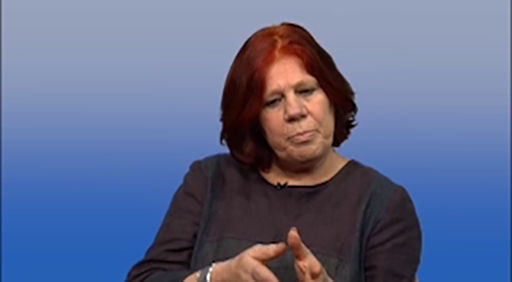1.2 Step 2: Prioritising leadership challenges
As you saw in the previous section, the first step can lead to a long list of complex challenges facing the organisation. All organisations have limits on their resources in terms of money, materials, equipment and people. Often organisations, such as Family, which address some of the most serious challenges facing society, have very limited resources. They therefore need to prioritise their challenges.
What you can afford to do is clearly one of the ways to prioritise, but this rarely solves the issue of which particular challenge to prioritise. Leaders therefore need other frames that will help them prioritise. The next activity will help you identify how an organisation approaches prioritisation.
Activity 2 Setting priorities
Watch Amanda Griffith, Chief Executive Officer of Family for Every Child, explain Family’s approach to prioritisation.

Transcript: Video 2
[TEXT ON SCREEN: Dealing with Leadership Challenges]
Note down the approaches Amanda talks about in the text box below.
Feedback
Amanda begins by saying there is a need to focus on the area where you can affect change. Family is an organisation which works directly with practitioners, that is the people who work directly with children. So in terms of their focus, it is on supporting practitioners.
The next thing they do is look at the drivers that are leading to the challenge they are facing. Amanda talks about a revolving door where many of the solutions to challenges are short-term, for example getting children off the street, only for them to be back on the street in a short time. She stresses the importance of identifying the drivers that cause the situation in the first place, which results in this revolving door scenario, and says that these are often complex.
This is a general approach to addressing the challenges the organisation wishes to tackle. They then begin to prioritise between the different challenges. The first point Amanda mentions is those challenges that are core to their identity and values. This is where she talks about prioritising challenges that are slightly disruptive, which challenge the traditional way of doing things and are often taboo issues that other agencies do not tackle. Here, she also talks about capturing knowledge that often resides in individual organisations at local level but is not shared. So the organisation seeks challenges where they are able to bring new knowledge and/or challenges that other organisations are not addressing.
This activity has provided some useful criteria for prioritising challenges:
they should be aligned to the focus of the organisation and how it can affect change
the drivers that create the challenge should be addressed
addressing the challenge should add value to the wider system in which the organisation operates
addressing the challenge should be clearly linked to the organisation’s identity and values.

